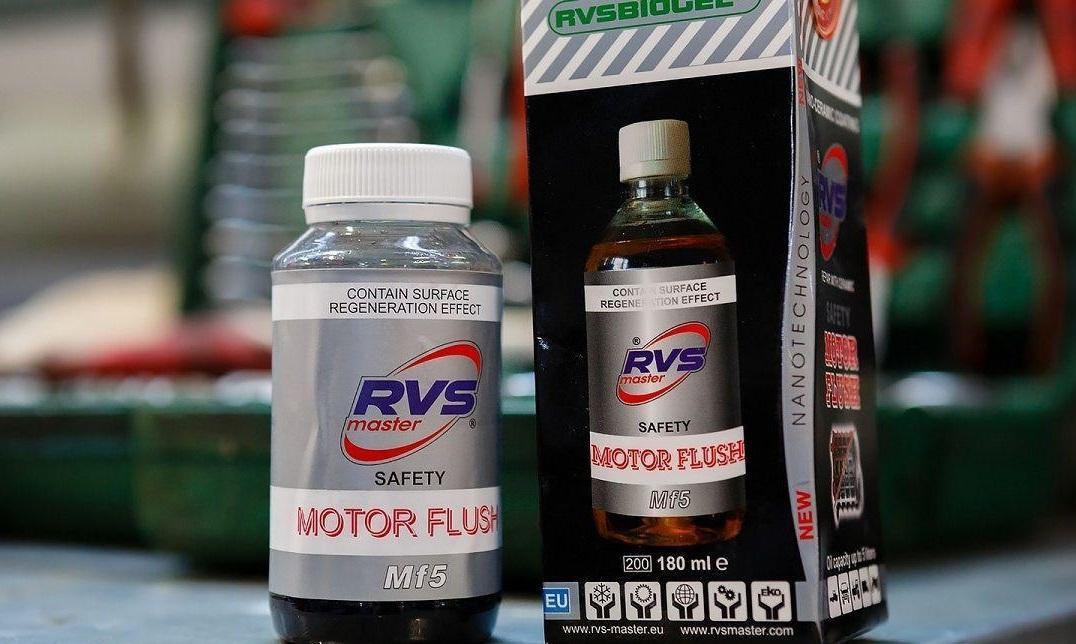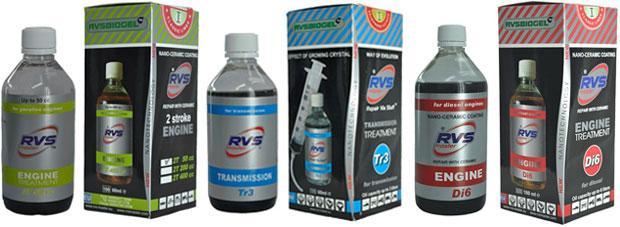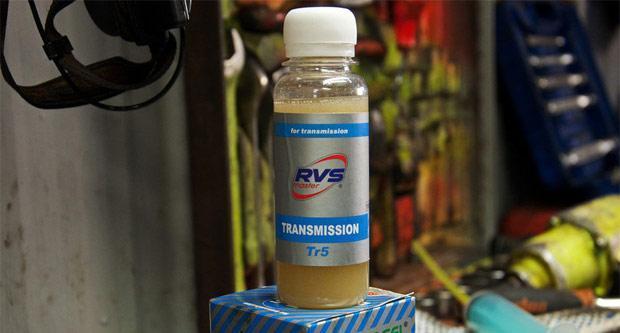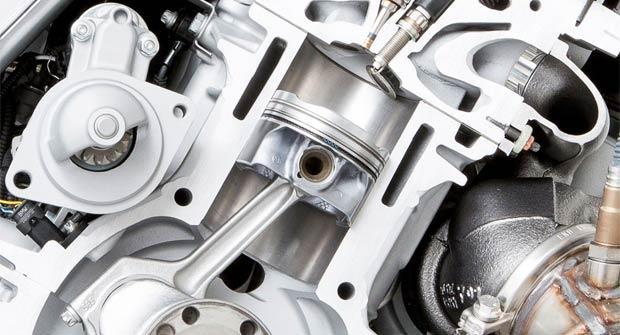
RVS-master. We check Finnish additives for effectiveness
History, composition and principle of operation
The RVS additive, despite the Latin abbreviation, is of Russian origin. It stands for "Repair and Recovery Composition" (RVS). And the Latin abbreviation is used for commercial purposes, since this product is partially exported to Europe, Japan and Canada.
The origins of the development of the composition are rooted in Soviet times, when figures from various fields of science were looking for a way to in-place repair of an internal combustion engine and extend its service life. Since then, a large number of various scientific papers and patents have been preserved. But they never reached the stage of mass production in those days.
In 1999, the Russian-Finnish company RVS Tec OY was formed. For 20 years, the company has experienced ups and downs, its name, managers and owners have changed. The firm was on the verge of bankruptcy, but continued to operate.
Today RVS-master is located in Finland. The interests of the product in Russia are represented by Dalet LLC.


The RVS-master company keeps the exact composition and production technology a secret. It is only known that the additive is produced on the basis of natural minerals, serpentinites and shungites. Minerals are collected in the natural environment, rocks are isolated, cleaned, ground to the required fraction, modified with special additives and mixed with neutral mineral oil.
Getting into the engine oil, the additive is delivered to the loaded metal friction units and begins to form a ceramic-metal layer on the mating surfaces. This layer has a very low coefficient of friction (0,003-0,007), has a porous structure (which retains oil) and builds up in such a way that closes defects on metal surfaces. This allows contact loads to be distributed evenly, which reduces the wear rate of parts. The maximum thickness of the formed layer is 0,7 mm. In practice, it is rarely achieved. Basically, the bill goes to hundredths of a millimeter.


According to the manufacturers, the RVS additive has the following beneficial effects when used in engines.
- Deceleration of wear. The formed ceramic-metal layer not only protects against mechanical wear, but also resists chemical destruction. In addition, the porous structure retains oil.
- Compression increase. Scoring, pitting and general wear of work surfaces are partly compensated by the formed ceramic film.
- A slight reduction in the consumption of fuels and lubricants.
- Reduction of smoke from the exhaust pipe.
- Reduced noise and vibration feedback from the engine. consequence of the above reasons.
When applying the RVS additive in other nodes, the effects will be similar.


Instructions for use
How to apply the RVS additive in various vehicle components? The usage algorithms for each type of nodes and the specific specifics of work differ.
- To the engine. RVS-Master Engine additives with indices GA3, GA4, GA6, Di4 and Di are poured into the engines of civilian cars. Other additives are used for commercial vehicles and in large diesel engines. The processing algorithm for civil car engines is simple. The first time the additive is poured into a warm engine with fresh oil, after which it works for 15 minutes. Then it stops for 1 minute. Further, the car is operated in the break-in mode for 400-500 km. The processing is repeated. Two treatments are enough for 70-100 thousand kilometers.
- At the MKPP. For manual transmissions, axles and transfer cases, RVS-Master Transmission Tr3 and Tr additives are used. The additive is poured into oil, which has a margin of at least 50% in terms of mileage or time until the next replacement. The composition is poured into the box, after which the car must drive in the break-in mode during the first hour of operation. The treatment is carried out once, and the composition is valid until the next oil change.
- In automatic transmission and CVT. For these nodes, the additive RVS-Master Transmission Atr7 is used. The algorithm of use is similar to the compositions for manual transmission.
- In GUR. The RVS-Master Power Steering Ps additive is poured into the hydraulic power steering. After refueling in the power steering expansion tank, the car must continuously drive (preferably in urban mode) for at least 2 hours.


The company also has formulations for fuel additives, friction bearing units, chain lubricants and specialized industrial equipment.
Reviews of motorists
On the Internet, there are several dozen reviews of RVS additives. In most cases, there is an effect, and this effect is quite noticeable. Motorists note an increase in compression in the cylinders, a decrease in engine noise, and the almost complete disappearance of increased smoke emission from the exhaust pipe.
With an average additive price of 1500-2500 rubles, many motorists believe that this kind of investment is justified in certain situations. Someone cannot invest in repairs due to lack of money or time. For others, this additive allows you to sell the car more profitably, as it masks engine defects.


Negative reviews are mainly associated with inappropriate use of the RVS additive or inflated expectations. After all, it is clear that manufacturers are trying to show their products in the most favorable light, which sometimes gives rise to overly colorful advertising promises on the packaging and in the instructions. A similar situation is observed with the AWS additive, which is consonant with the one under consideration, but is produced by a different company.
Also, pouring the additive into nodes worn to the limit, most likely, will not give any result. The optimal performance of the composition is observed on motors in which pronounced problems have appeared recently and they are not associated with critical damage to any parts.


Watch this video on YouTube